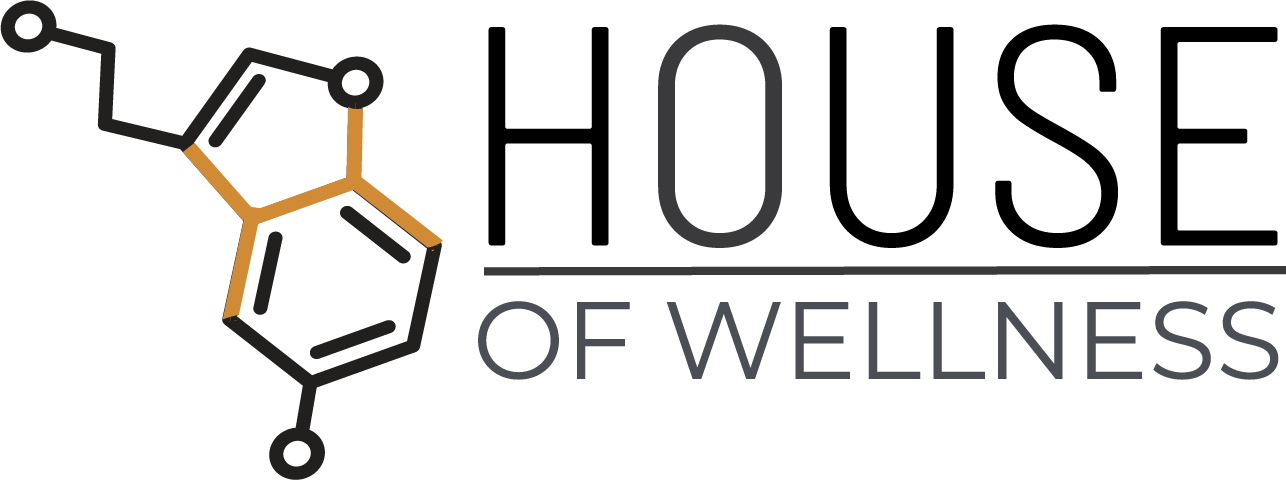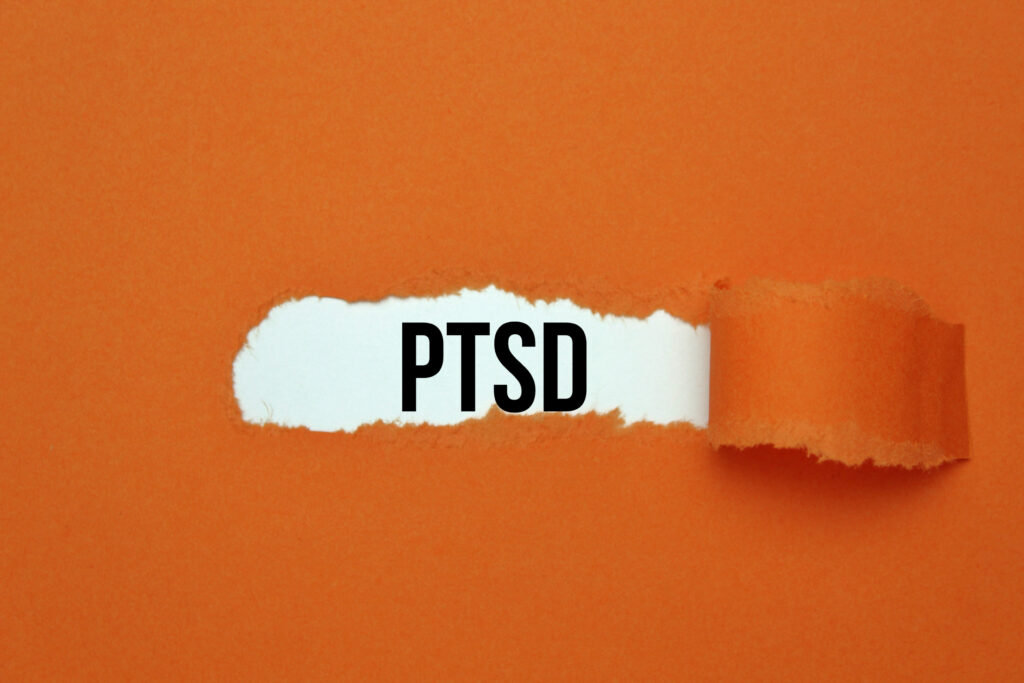Introduction:
Post-Traumatic Stress Disorder (PTSD) is a mental health condition that can affect individuals who have experienced or witnessed a traumatic event. While it is commonly associated with military veterans, PTSD can impact anyone who has faced a life-threatening or distressing situation. This blog aims to shed light on the various aspects of PTSD, including its symptoms, causes, and available treatment options.
What is PTSD?
PTSD is a psychiatric disorder that can develop in the aftermath of a traumatic event. Such events may include natural disasters, accidents, acts of violence, or military combat. While it is normal for individuals to experience stress and anxiety after a traumatic incident, those with PTSD continue to struggle with intense emotions and symptoms that persist for an extended period.
Symptoms:
1. Intrusive Memories: Individuals with PTSD may experience recurrent, distressing memories of the traumatic event. These memories can manifest as flashbacks, nightmares, or intrusive thoughts, causing significant emotional distress.
2. Avoidance: People with PTSD often go to great lengths to avoid reminders of the traumatic event. This may include avoiding certain places, people, or activities that trigger memories associated with the trauma.
3. Negative Changes in Mood and Cognition: PTSD can lead to a distorted worldview, causing persistent negative thoughts and feelings. Sufferers may experience guilt, shame, anger, or a sense of detachment from others.
4. Changes in Arousal and Reactivity: Individuals with PTSD may become easily startled, experience heightened irritability, have difficulty concentrating, and struggle with sleep disturbances.
5. Hyperarousal: This symptom is characterized by an exaggerated startle response, constant vigilance, and difficulty relaxing. It can contribute to feelings of restlessness and anxiety.
Causes:
PTSD can result from a wide range of traumatic experiences. Common triggers include:
- * Combat Exposure: Military personnel who have been in combat situations may develop PTSD due to the extreme stress and life-threatening situations they face.
- * Sexual Assault: Survivors of sexual assault often experience PTSD as a result of the severe psychological and emotional trauma associated with the event.
- * Natural Disasters: Individuals who have lived through earthquakes, hurricanes, or other natural disasters may develop PTSD due to the overwhelming and life-threatening nature of these events.
- * Accidents and Serious Injuries: People who have survived serious accidents or life-threatening injuries may also develop PTSD.
Treatment:
While PTSD can be a chronic condition, it is treatable with the right interventions. Common treatment approaches include:
1. Psychotherapy: Cognitive-behavioral therapy (CBT) and exposure therapy are often effective in helping individuals confront and process traumatic memories.
2. Medication: Antidepressants and anti-anxiety medications may be prescribed to manage symptoms like depression, anxiety, and sleep disturbances.
3. Support Groups: Connecting with others who have experienced similar traumas can provide a sense of understanding and support.
Conclusion:
PTSD is a complex and challenging condition, but with appropriate treatment and support, individuals can learn to manage their symptoms and regain control of their lives. If you or someone you know is experiencing symptoms of PTSD, it’s crucial to seek professional help to initiate the healing process. With understanding, compassion, and the right resources, individuals affected by PTSD can work towards building a brighter and more resilient future.
At House of Wellness our mental health providers are ready to assist you with the support and guidance you need. Call us today.




